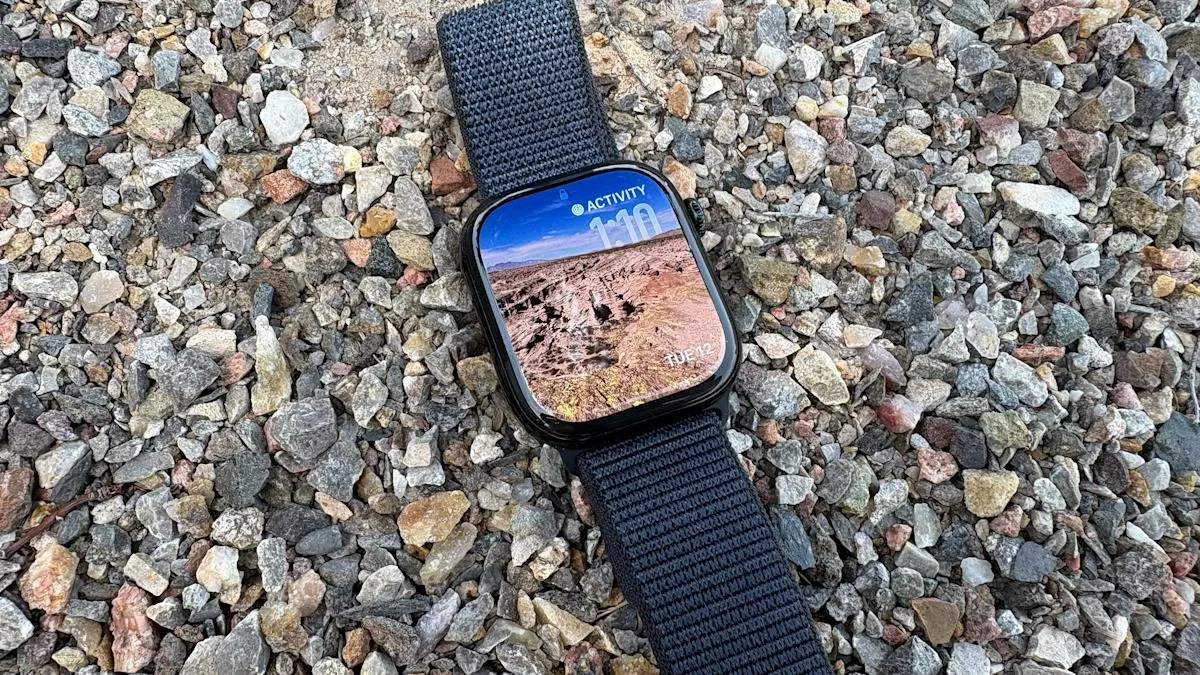
At the WWDC 2025, Apple announced a significant change in how it names its operating systems, opting for a year-based system instead of sequential numbering. This shift means that instead of referring to the latest version as watchOS 12, users will now experience watchOS 26. This subtle change in naming reflects a broader evolution in the software, introducing a host of upgrades designed to enhance the functionality and user experience of the Apple Watch.
One of the standout features in watchOS 26 is the introduction of the AI-powered Workout Buddy, which significantly enhances the way users interact with their fitness data. This innovative tool not only contextualizes your fitness metrics but also incorporates new gestures that add a fun yet practical element to your workouts. The improvements, including smarter replies and an attractive Liquid Glass treatment, contribute to a more polished and efficient user experience. While these updates may not transform the Apple Watch radically, they certainly elevate an already impressive device.
This year, every Apple operating system, including watchOS 26, has received the Liquid Glass treatment. Although the changes may be more pronounced on devices like the iPhone and iPad, users will notice the elegant semi-transparent buttons and fluid animations when interacting with the control center or entering passwords. The Photos watch face showcases this aesthetic beautifully, especially when the "glass" color is selected for displaying the time. The Smart Stack now emits a subtle glow, and app icons have a more luminous appearance, effectively unifying the look of the Apple Watch with its accompanying iPhone. While the novelty of these design improvements may fade over time, they initially create a refreshing sense of using a new device.
The Workout app has undergone a significant redesign, featuring new icons that facilitate quicker access to essential functions like adjusting data views and playing music. One of my favorite additions to the music menu is the auto-play feature, currently exclusive to Apple Music. This allows users to enjoy curated music selections that align with their workout type and personal preferences, minimizing the need to interact with their phones during exercise. While the feature occasionally faltered during my testing—sometimes providing no music or causing the Workout Buddy to go silent—its potential is promising for the official launch.
The Workout Buddy represents a significant leap in utilizing AI within watchOS 26. By analyzing both historical and live data from your watch, it offers valuable insights into your performance throughout your workout. The AI coach is compatible with various activities, including walking, running, and cycling, but requires headphones and a nearby Apple Intelligence-compatible iPhone. Initially hesitant about carrying extra gear while exercising, I adapted by using open earbuds and a belt pouch.
The Workout Buddy features three voice options—two female and one male—crafted from data collected from Fitness+ trainers, ensuring a realistic audio experience. At the start of each workout, users receive a personalized pep talk that incorporates recent milestones and contextual information such as the day of the week and location. For example, a notification might read, “Way to get out there on a Wednesday morning walk in Albuquerque!” The AI can also help set target ranges for various metrics, enhancing the overall workout experience.
Another exciting addition to watchOS 26 is the wrist flick gesture, which allows users to handle notifications and calls with minimal effort. By simply flicking the back of your wrist, you can silence calls, stop timers, and dismiss notifications without needing to touch the screen. This feature, available on Apple Watch Series 9, 10, and Ultra 2, enhances the hands-free capabilities of the device and is reminiscent of similar features found in Android wearables.
Replying to messages on the Apple Watch has traditionally been a cumbersome task, but watchOS 26 introduces enhanced Smart Replies that streamline this process. By utilizing an improved on-device language model, the watch can suggest relevant responses based on your conversations, making it easier to communicate quickly. The addition of customizable backgrounds for contacts further personalizes the messaging experience, ensuring that users can easily distinguish between conversations.
Another noteworthy update is the introduction of the Notes app on the Apple Watch. This addition allows users to access their notes directly on their wrist, making it more convenient to manage shopping lists and reminders without reaching for their phones. While it may not be a major highlight for everyone, it represents a step towards greater functionality in everyday tasks.
While the updates in watchOS 26 may not be revolutionary compared to enhancements seen in other Apple operating systems, they do contribute to a more cohesive and enjoyable experience for Apple Watch users. The Liquid Glass design aesthetic, along with the revamped Workout app and the introduction of AI features like the Workout Buddy, enhances the device's overall functionality. The improved messaging capabilities and the addition of the Notes app address previous limitations, making the Apple Watch an even more compelling choice in the smartwatch market. As users look forward to future updates, including potential improvements to Siri, the enhancements in watchOS 26 are undeniably welcome additions to an already exceptional device.